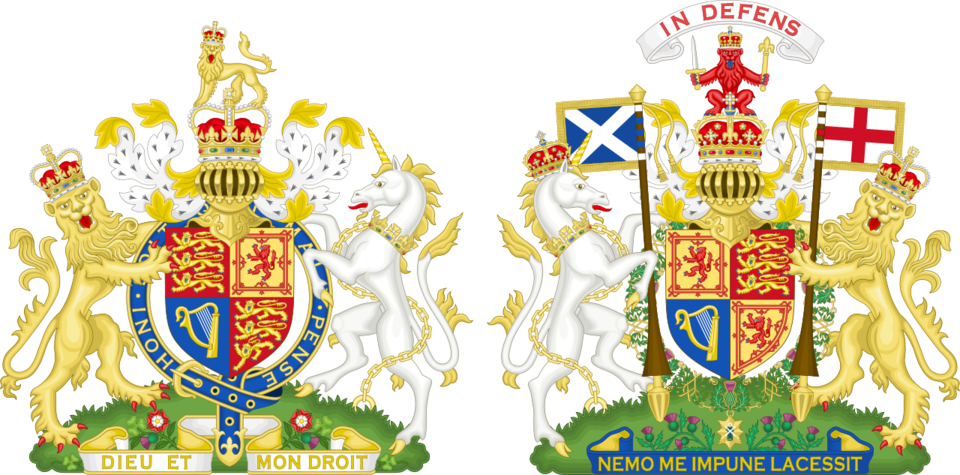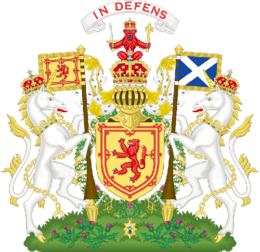Blog Real
Imperial Majesty
- Joined
- Jan 9, 2013
- Messages
- 14,112
- City
- Lisboa
- Country
- Portugal

- Alfred the Great (871-899) m. Ealhswith
- Edward the Elder (899-924) m. 1.Ecgwynn 2.Ælfflæd 3.Eadgifu
- Æthelstan (924-939)
- Edmund I (939-946) m. 1.Ælfgifu 2.Æthelflæd
- Eadred (946-955)
- Eadwig (955-959) m. Ælfgifu
- Edgar (959-975) m. 1.Æthelflæd 2.Wulfthryth 3.Ælfthryth
- Edward the Martyr (975-978)
- Ethelred II 'The Unready' (978-1013 and 1014-1016) m. 1. Ælfgifu of York 2. Emma of Normandy
- Sweyn (1013-1014) m. 1. Świętosława 2. Sigrid 3. Gunhild
- Edmund II 'Ironside' (Apr - Nov 1016) m. Ealdgyth
- Canute 'The Great' (1016-1035) m. 1. Ælfgifu of Northampton 2. Emma of Normandy
- Harold Harefoot (1035-1040) m. Ælfgifu
- Hardicanute (1035-1042)
- Edward III 'The Confessor' (1042-1066) m. Edith of Wessex
- Harold II (Jan - Oct 1066) m. 1. Edith the Fair 2. Edith of Mercia
- Edgar Atheling (Oct - Dec 1066)
- William I 'The Conqueror' (1066-1087) m. Matilda of Flanders Normandy
- William II (Known as William Rufus) (1087-1100)
- Henry I 'Beauclerc' (1100-1135) m. 1. Matilda of Scotland 2. Adeliza of Louvain
- Stephen of Blois (1135-1154) m. Matilda of Boulogne
- Henry II 'Curtmantle' (1154-1189) m. Eleanor of Aquitaine
- Richard I Coeur de Lion ('The Lionheart') (1189-1199) m. Berengaria of Navarre
- John Lackland (1199-1216) m. 1. Isabel of Gloucester 2. Isabella of Angoulême
- Henry III (1216-1272) m. Eleanor of Provence
- Edward I 'Longshanks' (1272-1307) m. 1. Eleanor of Castile 2. Margaret of France
- Edward II (1307-1327) m. Isabella of France
- Edward III (1327-1377) m. Philippa of Hainault
- Richard II (1377-1399) m. 1. Anne of Bohemia 2. Isabella of Valois
- Henry IV (1399-1413) m. 1. Mary de Bohun 2. Joanna of Navarre
- Henry V (1413-1422) m. Catherine of Valois
- Henry VI (1422-1461 and 1470-1471) m. Margaret of Anjou
- Edward IV (1461-1470 and 1471-1483) m. Elizabeth Woodville
- Edward V (Apr-Jun 1483)
- Richard III (1483-1485) m. Anne Neville
- Henry VII (1485-1509) m. Elizabeth of York
- Henry VIII (1509-1547) m. 1.Catherine of Aragon 2.Anne Boleyn 3.Jane Seymour 4.Anne of Cleves 5.Catherine Howard 6.Catherine Parr
- Edward VI (1547-1553)
- Lady Jane Grey (10-19 July 1553) m. Guildford Dudley
- Mary I (1553-1558) m. Felipe II of Spain
- Elizabeth I (1558-1603)
- James I (1603-1625) m. Anne of Denmark
- Charles I (1625-1649) m. Henrietta Maria of France
- Charles II (1660-1685) m. Catherine of Braganza
- James II (1685-1688) m. 1. Anne Hyde 2. Mary of Modena
- William III (1689-1702) and Mary II (r. 1689-1694)
- Anne (1702-1714) m. George of Denmark
- George I (1714-1727) m. Sophia Dorothea of Brunswick-Lüneburg-Celle
- George II (1727-1760) m. Caroline of Brandenburg-Ansbach
- George III (1760-1820) m. Charlotte of Mecklenburg-Strelitz
- George IV (1820-1830) m. 1. Maria Fitzherbert 2. Caroline of Brunswick-Wolfenbüttel
- William IV (1830-1837) m. Adelaide of Saxe-Meiningen
- Victoria (1837-1901) m. Albert of Saxe-Coburg and Gotha
- Edward VII (1901-1910) m. Alexandra of Denmark
- George V (1910-1936) m. Mary of Teck
- Edward VIII (Jan-Dec 1936) m. Wallis Simpson
- George VI (1936-1952) m. Elizabeth Bowes-Lyon
- Elizabeth II (1952-2022) m. Prince Philip of Greece and Denmark
- Charles III (2022-) m. 1.Diana Spencer 2.Camilla Shand
Last edited by a moderator:


